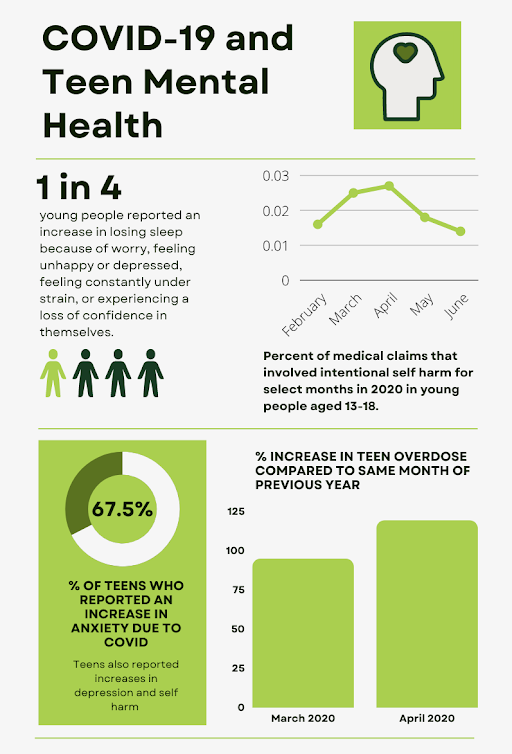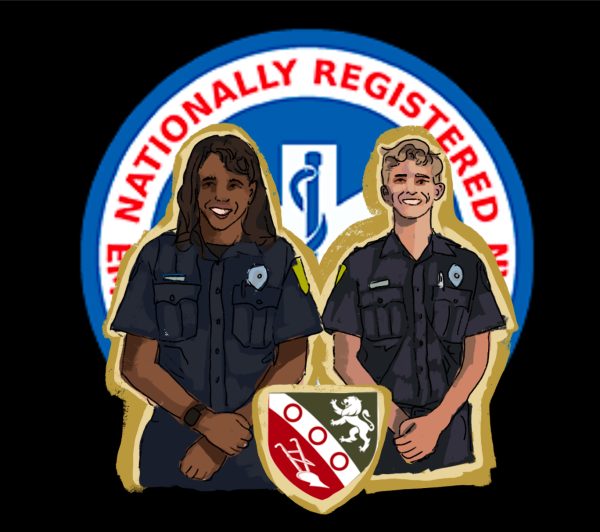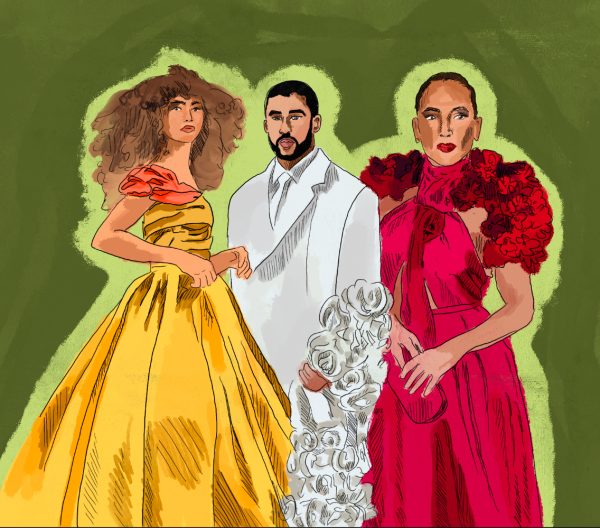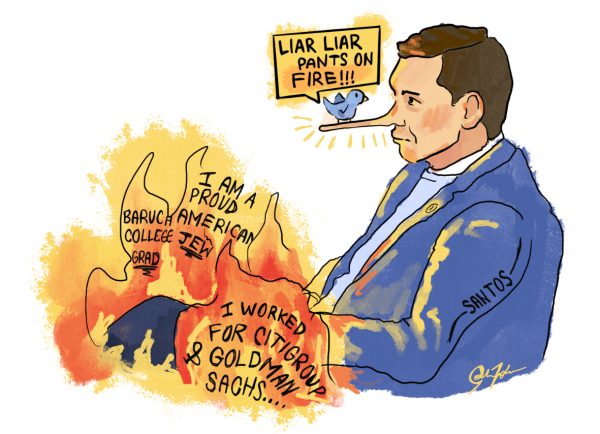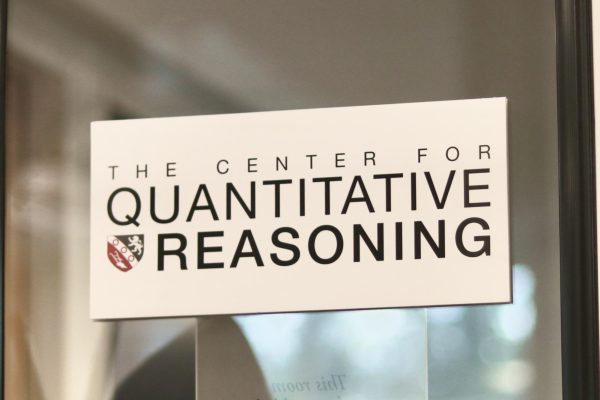Teen Mental Health & COVID
December 10, 2021
The Coronavirus Pandemic brought new things to everyday life: masks, plexiglass, social distancing, and dry hands from the constant washing and sanitizing. Professional and amateur sports had abnormal seasons – no more “good game” high-fives, regular COVID tests, masked practices, and many canceled or rescheduled games. Families were separated for months on end, making holidays quieter and less jovial. The impact of COVID, however, was more than just physical. It was a huge step in the wrong direction for mental health, in particular among young people.
The spring of 2020 brought incredible isolation for teens. Once the 5+ hour day on Zoom ended and the “For You” page on TikTok became repetitive, there was a need for social interaction that just couldn’t happen due to the various stay-at-home orders or quarantines. Being stuck at home slowed the social-emotional growth of teens. Sleep schedules fell apart as video games and social media were accessible 24/7. Binge-watching Netflix together became a social event as new applications like “Netflix Party” brought friends and family together virtually as face-to-face interactions continued to decrease.
An article published in Time Magazine on March 4th, 2021, stated that COVID-19 is “a virus of the body [that] has an impact on young minds.” The article reported a 49.6% increase in depression, 67.5% increase in generalized anxiety disorder and a shocking spike of 334% in intentional self-harm in teens from March to August 2020.
According to FAIR Health researchers the worst spikes came when the pandemic began in March 2020 stating, “among individuals aged 13-18, the top three mental health conditions from January to November 2020 were consistently, in order from most to least common, major depressive disorder, generalized anxiety disorder and adjustment disorders.” Young people are more vulnerable to mental health issues as a result of life changes during the early stages of the pandemic including school closures, remote learning and isolation. All of these factors contribute to teenagers’ already high feelings of stress and loneliness. The study also states that mental health claims for young people (13-18 years old) approximately doubled from the previous year, while medical claims for the same age group actually decreased by almost half.
Young people are more vulnerable to mental health issues as a result of life changes during the early stages of the pandemic including school closures, remote learning and isolation.
A light in the darkness of quarantine, summer 2020, could be identified as a turning point. As stores, restaurants, and other businesses opened up and the sun came out, happier moods pervaded. FAIR health reported an approximately 51% decrease in mental health claims from April to May.
There were a variety of plans: hybrid in-person, remote, and more that were all used to bring the routine of school back into teens’ lives. The most common, remote learning, initiated dramatic increases in mental health issues as teens were stuck in their homes staring at a computer screen. A study published in June 2020 from America’s Promise Alliance revolving around mental health issues in teens and school environments surveyed 3,300 students where almost one-third of them described how unhappy and depressed they felt across the past months. The lack of social interaction from remote learning was a driving force of these negative mental health changes. Students reported experiencing feelings of being trapped, alone, and just overall sad during those first few months of remote learning and quarantine. Attending school in-person brought its own set of challenges in the fall of 2020. Hybrid learning brought a complicated situation where teachers were trying to give students at home and at school the same experience. Those who were in-person were navigating through one-way halls, wearing masks, sitting in a desk 6 feet apart from classmates, and behind a plastic covering, COVID threw the normal idea of school out the window, making the number of mental health issues in teens worse again with this uncertain future of education.
There are always places and people to reach out to and get help if you are struggling. The pandemic put so many people into troubling mental states. For some, it drained all motivation possible to the point where leaving their comfortable bed became a chore. Online therapy is now more readily available online through groups like Better Help, Talk Space, and Teen Counseling, where help can be given through a phone or video call, and even through text messages.

